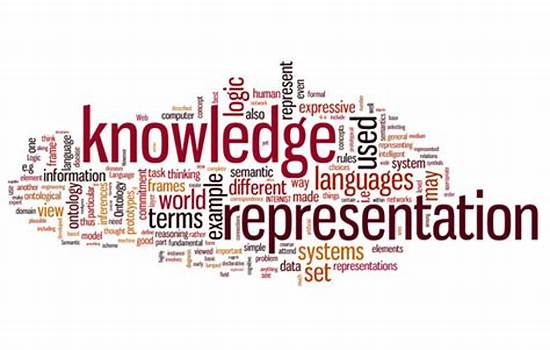The Knowledge Representation Language (KRL) is specifically designed for use in understander systems, aiming to integrate procedural knowledge with a broad declarative foundation. This report outlines the general concepts underlying our research and introduces KRL-0, an experimental implementation incorporating these concepts. KRL-0 seeks to enhance flexibility in associating procedures with knowledge pieces and controlling the accessibility of various facts and descriptions.
Declarative Knowledge Formalism:
KRL-0’s formalism for declarative knowledge relies on structured conceptual objects with associated descriptions, forming a network of memory units with distinct linkages. These linkages play a crucial role in the retrieval process, providing a foundation for associating procedures directly with the internal structure of conceptual objects. This procedural attachment allows for operation steps to be determined by the specific characteristics of entities involved.
Control Structure and Multiprocessing:
KRL-0’s control structure envisions the integration of data-directed and goal-directed processing through multiprocessing, anticipating the next generation of intelligent programs. It introduces a priority-ordered multiprocess agenda with explicit user-provided strategies for scheduling and resource allocation. Procedure directories operate alongside process frameworks, enabling procedural parameterization of fundamental system processes for memory structure building, comparison, and retrieval.
Future Developments:
The report highlights the ongoing development of krl, emphasizing the integration of procedure definition with the descriptive formalism. This integration will further enhance the language’s ability to seamlessly combine procedural and declarative knowledge.
Structured Inheritance Network (SI-NET):
This report also introduces a new type of network, the Structured Inheritance Network (SI-NET), as part of the ongoing evolution of associative network formalism for representing conceptual knowledge. SI-NET aims to address the historical inadequacies of similar formalisms, offering improved consistency in link interpretation, node structure, and overall expressive capabilities.
Conclusion:
KRL stands as an innovative Knowledge Representation Language, pushing the boundaries of intelligent systems by seamlessly integrating procedural and declarative knowledge. The experimental implementation, KRL-0, and the introduction of SI-NET signify ongoing efforts to refine and advance the language for the next generation of intelligent programs.


